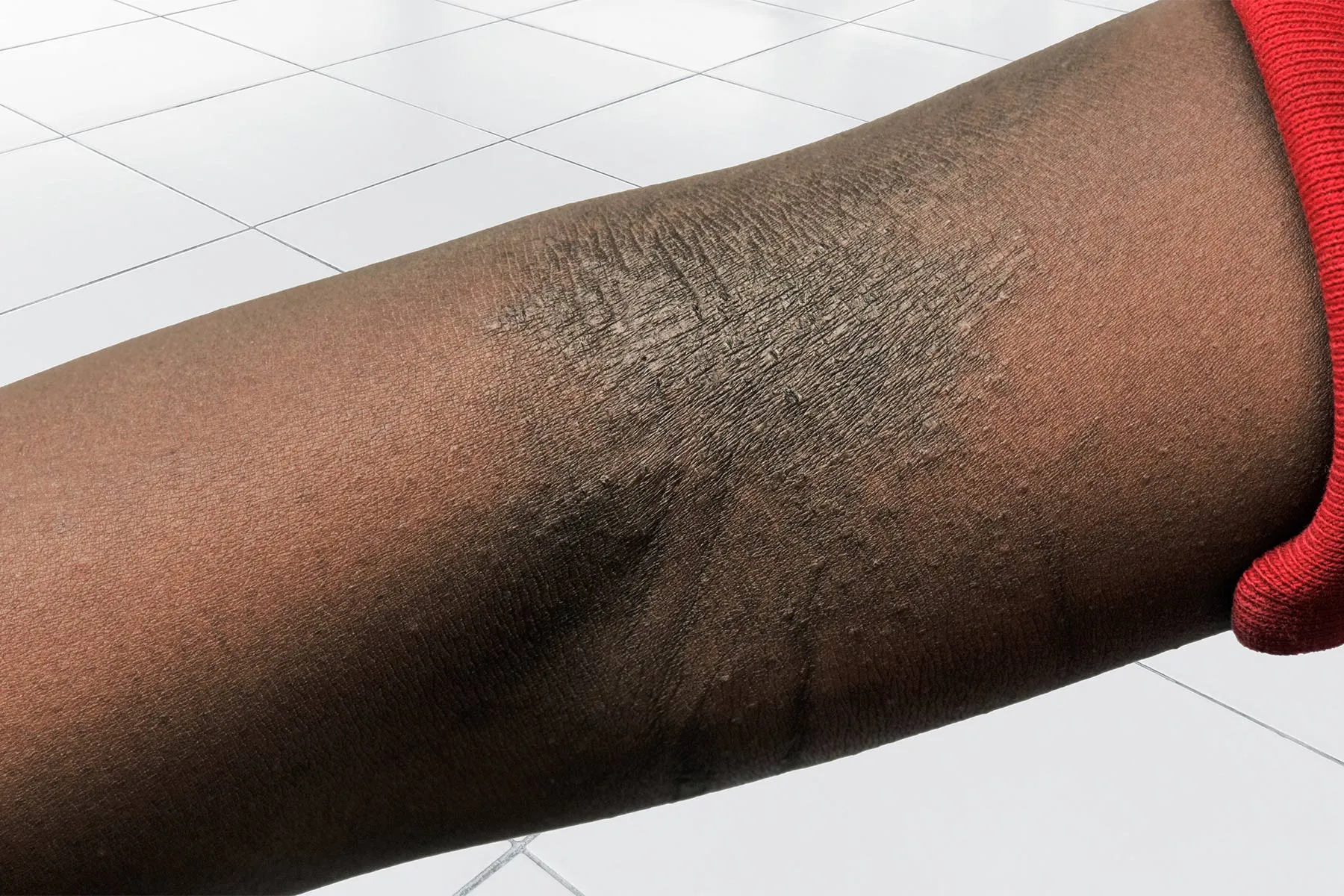Electronic Monitoring ‘Sets People Up to Fail’: Study
A two-year study by the George Washington University Law School concludes that the use of ankle bracelets and other forms of electronic monitoring “undermines the ability of people to survive and thrive.”


Illustration courtesy George Washington University Law School
People subject to ankle monitors and other forms of electronic surveillance are subject to draconian rules of movement and travel restrictions, amounting to an alternative form of incarceration that “sets people up to fail,” says a study by the George Washington University Law School.
“The number and nature of monitoring rules, combined with the capacity of surveillance technology, facilitates easier detection of technical rule violations, which in turn drives reincarceration,” said the study.
In many cases, individuals must agree to rules that ”undermine familysand social relationships” in order to participate in a system that allows them to avoid detention and remain with their families at home.
“The strict restrictions on movement make it difficult, if not impossible, for people on monitors to do such simple things as take out the garbage, work in the front yard, or drive a family member to the doctor,” said researchers.
Adding to the burden is the fact that individuals must pay the cost of surveillance to the private firms operating the system. Fees ranging from $2,800 to over $5,000 a year are assessed on people “who are historically least positioned to pay,” said researchers.
The two-year study, drawing on records from 101 agencies in 44 states and the District of Columbia, concludes that the use of electronic monitoring “undermines the ability of people to survive and thrive.”
“Electronic surveillance is not an alternative to incarceration, it’s an alternative form of incarceration,” the research study, entitled “Electronic Prisons,” concludes.
“And like incarceration, the deprivations and restrictions of electronic monitoring further entrench race and class-based subordination.”
Data on the number of people under electronic surveillance is virtually impossible to get, since the number fluctuates through the year. In 2015, the Pew Charitable Trust identified 131,00 individuals on electronic monitors, a 140 percent increase over the previous 10 years.
The majority of people wearing ankle monitors are either released awaiting trial or serving probation terms.
The full report is available here.

 Landwebs
Landwebs 



















